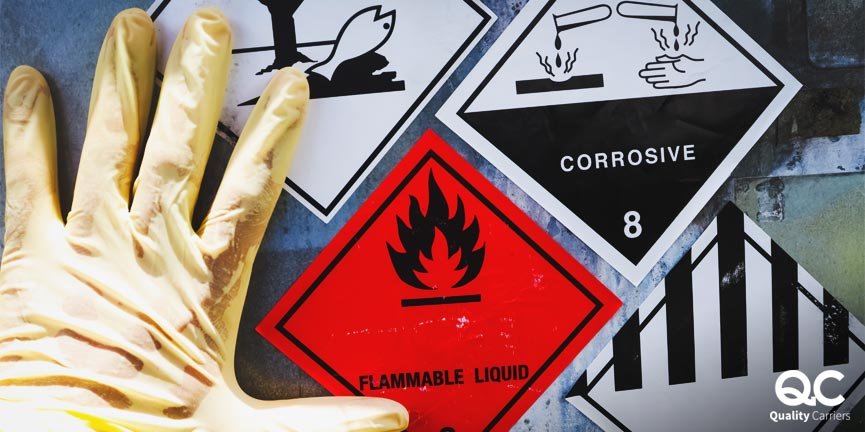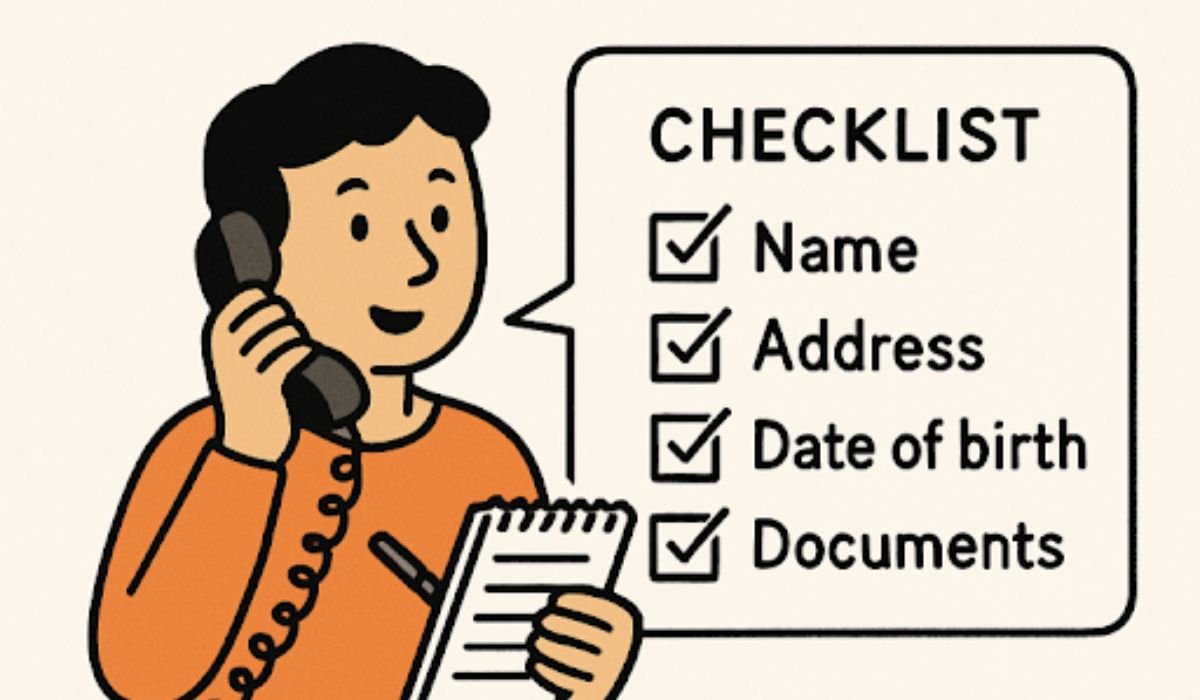Working around hazardous materials calls for strict attention to safety. Are your hazmat safety guidelines up-to-date? Following protective signage regulations is critical for keeping everyone safe.
Using a clear and accurate hazmat sign can reduce risks in high-danger areas. Meeting regulations helps avoid fines and prevents workplace accidents. To achieve full compliance, facilities must follow specific guidelines for each material.
This guide explains essential best practices for hazmat sign compliance. From placement rules to regular checks, you’ll learn how to avoid common mistakes. Let’s dive in.
Understand Hazmat Sign Requirements for Your Industry
Hazmat sign requirements are unique for each industry, reflecting specific risks. Construction, manufacturing, and healthcare sectors all have different hazards.
Construction sites, for example, often need signs for chemicals or machinery. Manufacturing facilities handle dangerous materials that require extra warning signs. Knowing which rules apply to your industry helps you create safer spaces.
By meeting specific hazmat guidelines, workplaces can lower accident risks effectively. This keeps workers and visitors informed about potential hazards they may encounter.
For healthcare facilities, signs might warn of biohazards or chemical disinfectants. Each industry has regulations designed to keep people safe and prevent harm.
Industry-specific regulations also ensure signage clarity and effective communication of dangers. Regularly reviewing your industry’s hazmat requirements helps maintain compliance.
When rules change, updating signs prevents costly violations and safety lapses. Proper hazmat signage shows a commitment to safety for everyone. Clear, current signs are essential in protecting both workers and the public.
Follow Correct Placement Guidelines for Each Hazmat Sign
Correct placement of each hazmat sign is essential to ensure safety. Signs must be visible, easy to read, and located near hazardous areas.
Hazmat signs should be placed at eye level for clear visibility. They must be well-lit to remain visible in low-light conditions. For example, a sign warning about chemical hazards should be placed near:
- storage areas
- handling stations
Placing a sign too high or in a poorly lit area can lead to misunderstandings and accidents. Proper positioning reduces the risk of overlooked warnings, keeping workers and visitors informed.
Regulations also specify exact placement requirements based on specific risks. Signs for flammable materials, for instance, are often required at multiple entry points. A simple checklist can help ensure signs meet placement guidelines.
Following these placement rules is a straightforward way to follow regulations. It avoids costly fines.
Regularly reviewing and adjusting sign placement helps maintain effective communication of risks. Ensuring each hazmat sign is correctly positioned is crucial. It contributes to a safer and more secure environment for everyone.
Use Simple Language and Recognizable Symbols on Signs
Hazmat signs must communicate danger quickly and clearly to everyone. Using simple language ensures that all individuals understand the message.
Clear, direct wording helps avoid confusion and provides instant understanding. For instance, phrases like:
- Danger: Toxic Chemicals
- Warning: Flammable Materials
Symbols like a skull for toxicity or flames signal risks effectively. These symbols are universally understood and help bridge language barriers. It makes warnings accessible to a broader audience.
Choosing common symbols and straightforward language can prevent life-threatening misunderstandings. Visual elements, like red for danger or yellow for caution, further enhance clarity.
When designing or choosing signs, opt for words and symbols. This approach keeps everyone informed and ensures hazards are quickly recognized.
Simple language and clear visuals can be lifesaving. It ensures quick reactions in critical moments.
Choose Durable, Weather-Resistant Materials for Hazmat Signs
Hazmat signs must endure a variety of conditions to stay effective. Materials like metal or tough plastics help signs remain visible and intact. These durable materials are essential, especially for outdoor areas exposed to unpredictable weather.
Weather-resistant signs can withstand sun, rain, snow, and extreme temperatures. Quality coatings or UV-resistant materials protect signs from fading in direct sunlight. Rust-resistant finishes prevent damage from moisture.
A built to last Danger Hexavalent Chromium area sign is made for harsh conditions. It effectively communicates hazards, ensuring everyone understands the risks involved.
Using durable materials also means fewer replacements and less maintenance. Strong, long-lasting signage helps people see hazard warnings when it matters most.
In high-traffic or industrial areas, materials resistant to scratches and impacts are ideal. Investing in durable signs is cost-effective, reducing the frequency of repairs.
By weather-resistant options, you ensure your hazmat signage stays visible and clear. This reliability helps keep everyone safe in any condition.
Regularly Inspect and Maintain Your Hazmat Signage
Regular inspection is vital for keeping hazmat signs in good condition. Over time, signs can fade, break, or become unreadable due to environmental factors.
Scheduling frequent checks helps identify and replace damaged signs before problems arise. Inspections should include:
- looking for cracks
- fading
- secure placement
For high-risk areas, inspections should happen more frequently to ensure maximum safety. Cleaning the signs can improve visibility and clarity. It removes dirt or debris that may obscure important information.
It’s also helpful to create a checklist for each inspection. It is to ensure nothing is overlooked. Tracking inspections and maintenance records helps monitor each sign’s condition.
By maintaining your signs, you’re preventing risks caused by unclear warnings. It could lead to accidents. A small check can make a big difference in preventing accidents.
Establishing a routine maintenance schedule ensures that hazmat signage remains effective. Keeping your signs in top condition ensures safety in hazardous areas. It protects workers and visitors.
Stay Updated on Changes to Hazmat Safety Guidelines
Safety regulations change to keep up with new research and technology. Facilities need to stay updated on the latest hazmat safety guidelines.
This practice is essential to remain compliant with regulations. Subscribing to regulatory updates from OSHA or other safety bodies can help.
Staying updated on hazmat sign standards keeps you compliant. With each change, review your current signage to see if updates are needed.
Staying informed saves time and protects against costly fines. A proactive approach to regulation changes keeps your signage accurate and effective.
Provide Training on Hazmat Sign Meaning for Employees
Employee training is essential to help everyone understand hazmat signs. While signs are crucial, they need to be backed by knowledge and awareness. Workers should know what each sign means and actions to take in response.
This training helps prevent confusion, especially for new employees. Regular training sessions keep everyone informed about current risks. They help employees understand the meanings behind the signs.
During these sessions, use real-life examples and scenarios. It is to illustrate the importance of each sign. Engaging activities, such as quizzes or group discussions, can enhance understanding and retention.
A clear understanding of signs reduces the chances of accidents or misunderstandings. Employees who know what each sign means can react faster in emergencies. It minimizes risks to themselves and others.
Training should be ongoing, with refreshers scheduled regularly to reinforce knowledge. This approach helps create a culture of safety.
Everyone feels responsible for their safety and the safety of others. Training on hazmat signs ensures a safer workplace for employees.
Create a Checklist for Routine Hazmat Sign Compliance
A checklist simplifies compliance by listing all requirements in one place. This checklist should include placement, visibility, and condition checks. Having a consistent checklist helps avoid forgetting important steps.
Each checklist item should be simple and easy to follow. For example, “Is the sign visible from 10 feet away?” breaks tasks into manageable steps. Routine checks are easier with a clear, consistent checklist.
By keeping everything organized, facilities can ensure compliance and avoid penalties. A checklist is a small tool that makes a big impact on safety.
Work With Safety Experts for Complex Hazardous Areas
In complex environments, working with safety experts can help. These professionals know the latest regulations and have experience with various risks.
A safety expert can assess your site, identify risks, and advise on proper signage. They can also offer guidance on unusual hazards that may need special signs.
Consulting an expert helps facilities stay compliant and improve safety. In high-risk areas, expert advice can prevent costly mistakes. Hiring a safety expert is a smart choice for ensuring compliance. It protects everyone on-site.
Document Compliance Efforts for Inspections and Audits
Documenting your compliance efforts provides proof for audits or inspections. Keeping records of inspections, updates, and repairs shows a commitment to safety. This documentation includes:
- dates
- findings
- any changes made
Inspectors will appreciate clear records, and it demonstrates accountability. Having everything documented can prevent issues during inspections. Good records also help when updating signs or training new employees.
Regularly update your documentation to stay prepared for audits. By tracking your efforts, you’ll have a clear record of compliance efforts at all times.
Learn the Best Practices for Compliance With Hazmat Sign Regulations
Following protective signage regulations is crucial to ensuring safe environments. Hazmat sign compliance reduces risks and protects everyone involved. Consistent updates, regular inspections, and training keep hazards clear.
Hazmat safety guidelines evolve, so staying informed prevents potential issues. Proper documentation supports inspections and shows commitment to safety.
With the right approach, your facility can meet compliance standards and avoid fines. Prioritizing hazmat sign safety is a step toward building a safer workplace.
Did you find this article helpful? If so, check out the rest of our site for more informative content.











